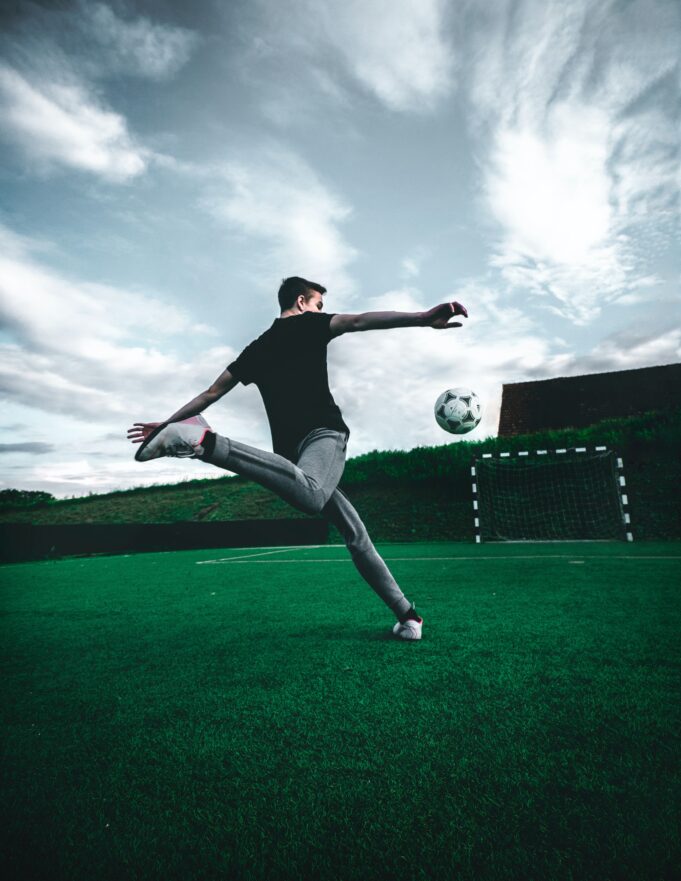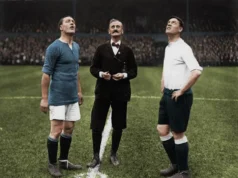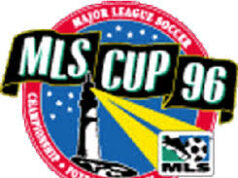Injuries are fairly common results of athletic endeavors such as sports. Almost certainly, athletes of all kinds understand and accept that risk. However, expectations rarely line up with reality, and this is even more true in regards to injuries. Bear in mind that the risk of injury is an acceptable one when you consider the state of modern medicine.
While some injuries may be career ending, those injuries are typically the result of repeated instances of injury to the same part of the body after a long athletic career. Most injuries can be treated effectively and potentially relatively easily. Here’s what you need to know about treating athletic injuries.
Financial Support
One important part of recovery is financial support. When one receives a serious injury, that injury severely inhibits one’s viability in athletic endeavors, and being out of work means that you’ll inevitably lose money. While athletic careers can be financially rewarding, this is the most true only at the highest levels. Meanwhile, less well known athletes can garner attention from businesses in order to get a sponsorship that can provide additional financial support.
Businesses often seek out promising athletes who can serve as representatives of their brand, and athletes often benefit tremendously from corporate sponsorship. Being sponsored by a brand means that each of your benefits from the successes of the others, in a sense. Therefore, learning how to get sponsored is a great idea as early as possible. Planning an athletic career around the goal of corporate sponsorship doesn’t guarantee success, but a sponsorship can go a long way toward aiding recovery when and if you receive an injury.
Medical Attention
Many small injuries can be taken care of fairly easily at home or even on the field using simple treatments like the RICE method (Rest, Ice, Compression, and Elevation), but even seemingly minor injuries can reveal themselves to be more detrimental in time. Therefore, one should always take injuries seriously and seek medical attention as soon as possible, simple treatments aside.
For example, many injuries can present as merely some external pain initially but can also entail internal bleeding that can cause major problems if it goes untreated. If you think you’ve sprained your ankle, for instance, visiting the emergency room to double check is still a very good idea. While a sprain can be treated with the RICE method and heal relatively quickly, that sprain could secretly be a fracture, which is much more serious. Judging solely on your level of pain and your expectations is never enough to be sure.
Physical Therapy
Another aspect of more serious injuries that is important to consider is the need for physical therapy. Physical therapy is typically medically recommended and supervised by a medical professional, and it is the process of rehabilitating a patient after a serious injury. In essence, physical therapy is reintroducing your body to functions that have been hindered by an injury. For instance, having a patient begin walking again after an immobilizing leg or lower back injury. This is a particularly applicable example, because leg injuries are the most common type of injury in athletics, especially sports.
Physical therapy doesn’t have to be entirely prescribed, however. Even once you’ve recovered, or in the event of a less severe but still debilitating injury, you need to build yourself back up to your previous level of performance. Much like starting out in your athletic career, recovering from an injury entails reintroducing yourself to your workout routine and practice in order to get ready to get back out there. Failing to do so may lead to receiving a similar injury, because the previously injured body part is likely to have weakened a bit during recovery.
Injuries are inextricably part of athletic endeavors. That’s part of what makes athletics engaging to participate in and impressive to behold. However, there are usually means of treating any injury the average athlete is likely to receive. With these tips, you’re prepared to tackle most injuries you may receive as effectively and easily as possible.






